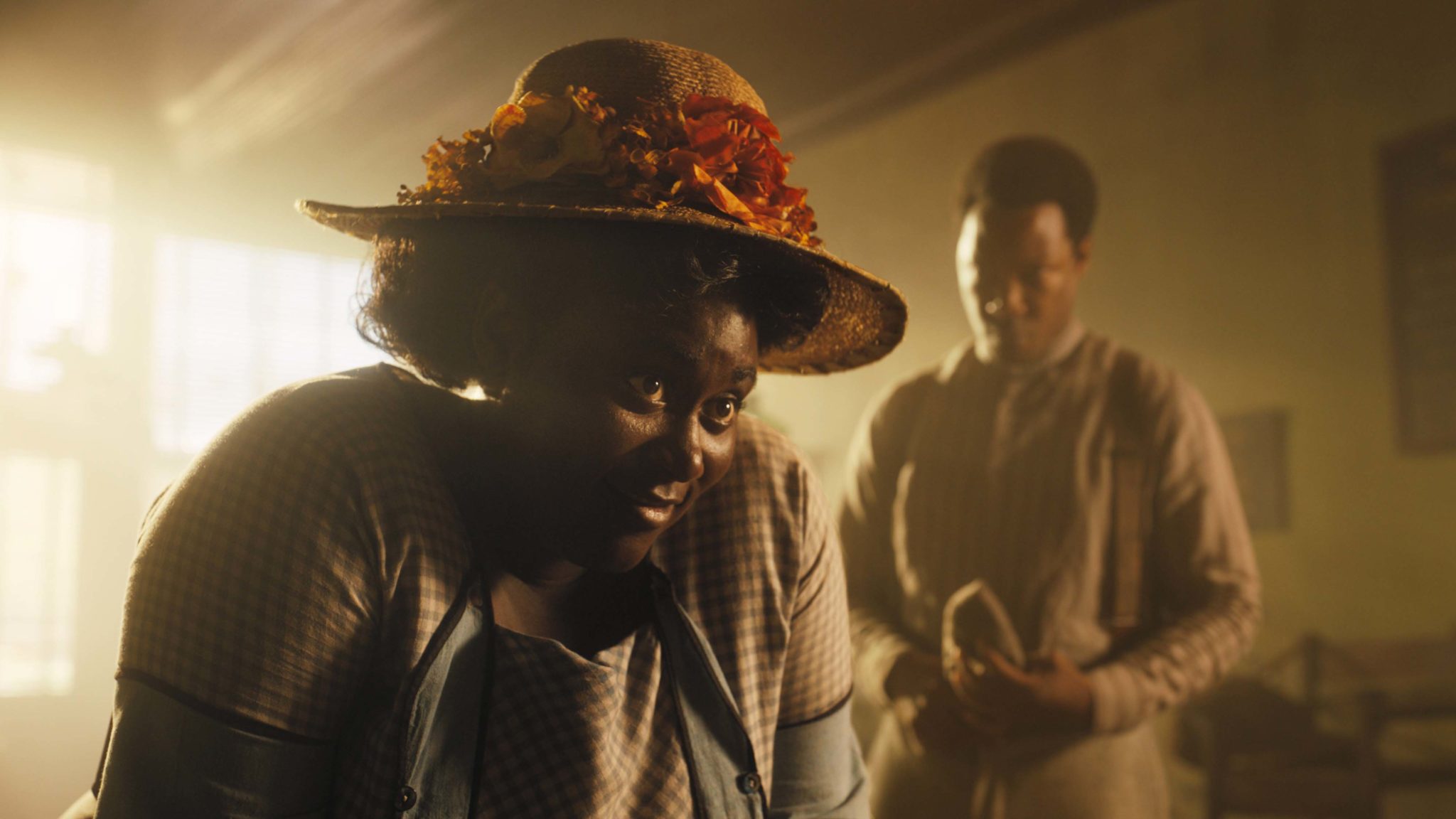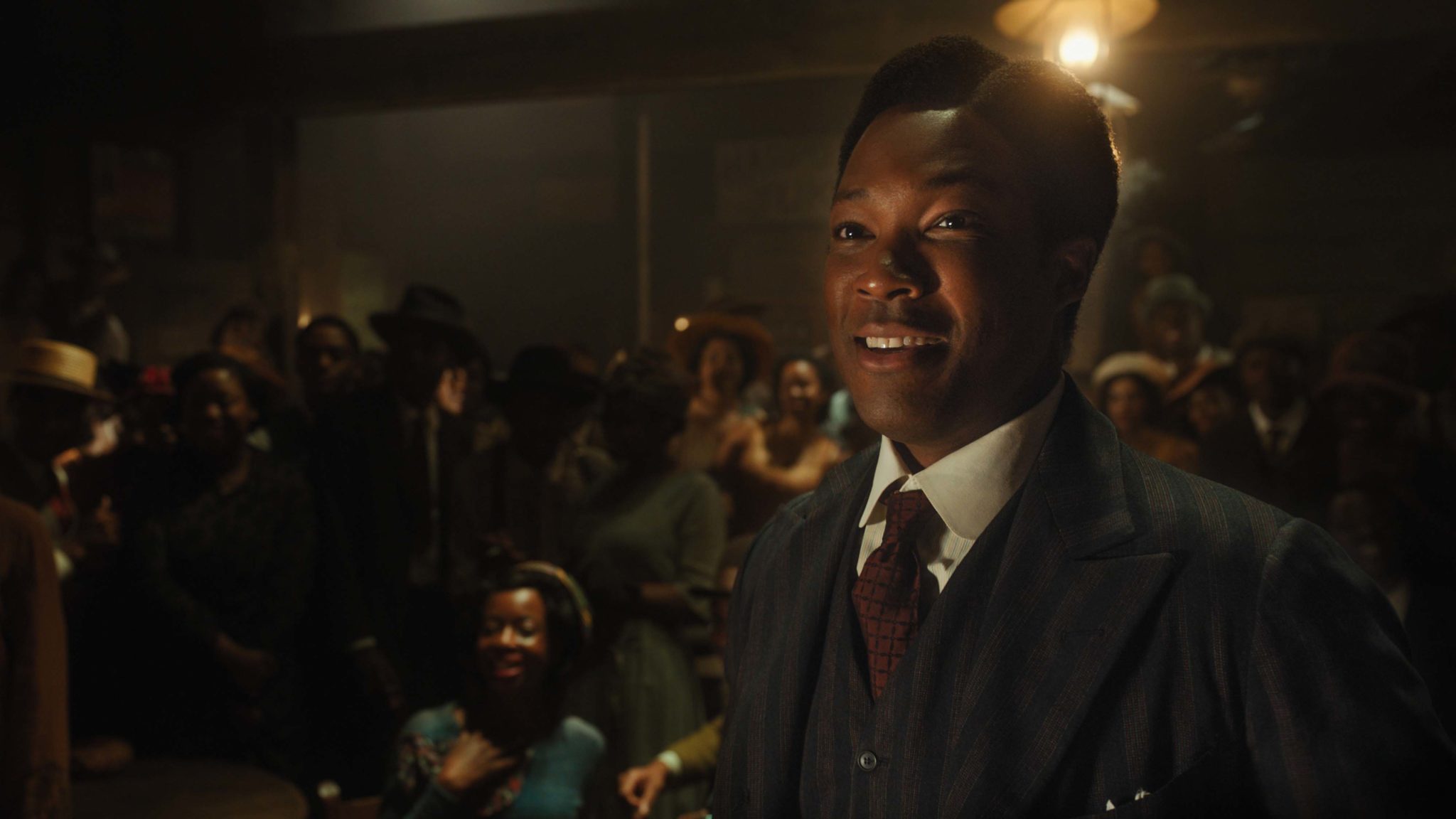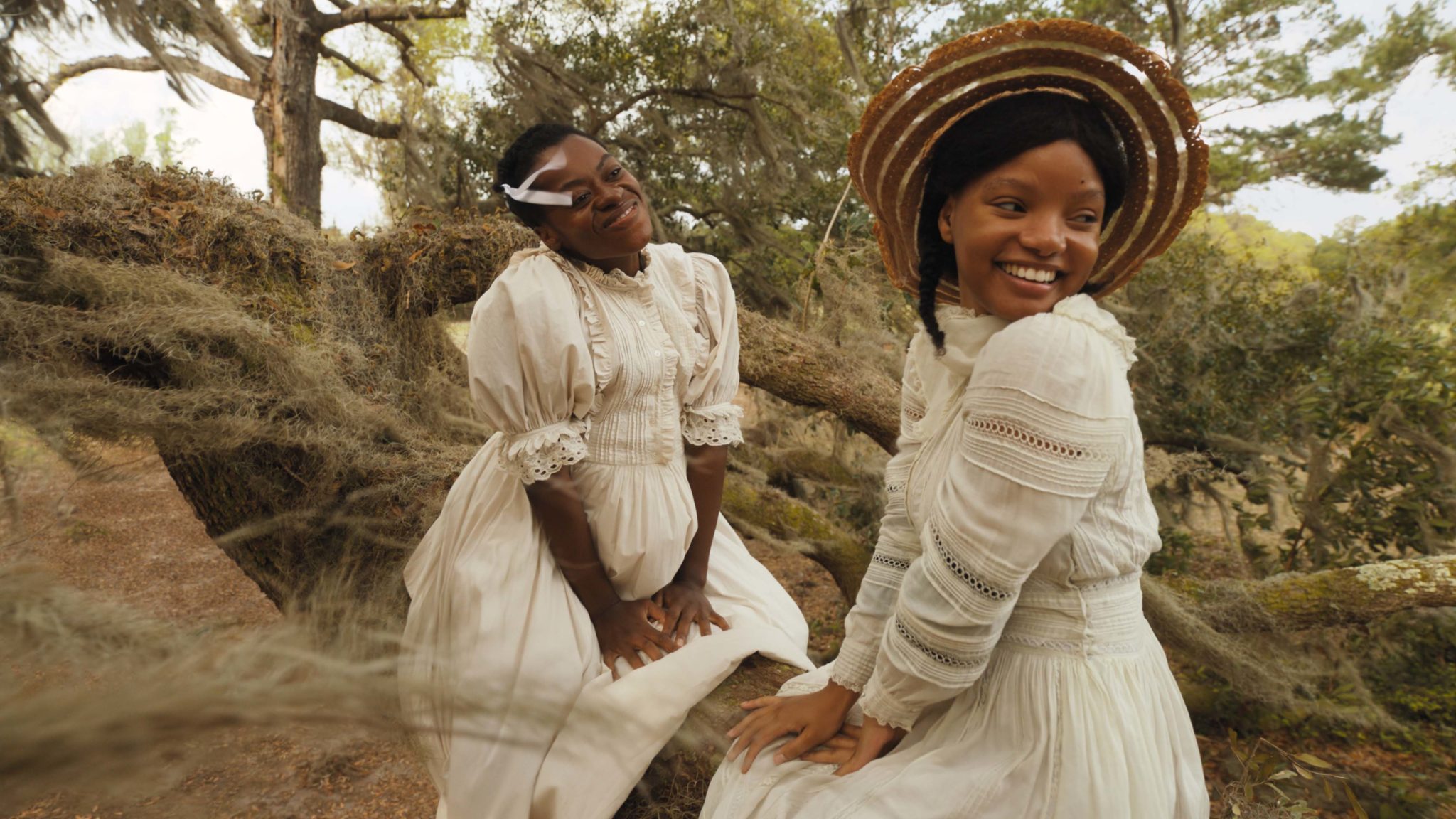- Film And TV
- 25 Jan 24

The stars of The Color Purple discuss adapting the classic novel into an epic musical
Since being published in 1982, Alice Walker’s seminal, Pulitzer-winning novel The Color Purple has been adapted into a 1985 Steven Spielberg film, rewritten as a musical in the mid-2000s, and revived for Broadway again in 2015. Why revisit such a beloved and critically valued text once more?
Well, in reinterpreting the original as an empowering musical odyssey, Blitz Bazawule’s adaptation proves there’s a wealth of life left in the classic story. With a celebrated cultural legacy spanning decades, The Color Purple reimagines the old tale for a whole new audience, with an updated and distinctly modern cinematic flair. It’s a finely crafted flick, with bombastic set pieces, infectious musical sequences, and powerhouse performances from a star-studded cast.
Charting the lifelong struggles of Celie Harris, an African-American woman living in the South during the early 1900s, it’s a spellbinding cinematic tour-de-force – a joyously celebratory musical odyssey, about finding beauty and light in even the darkest of places.
This time around, Oscar-nominated actress Taraji P. Henson plays Shug Avery, a booze-swilling starlet and former flame of the film’s diabolical, banjo-wielding antagonist Mister – played here to perfection by an excellent Colman Domingo. Renowned for her dulcet vocals and magnetism, Shug’s arrival stirs the very foundations of the town, irrevocably altering the course of protagonist Celie’s life.

Advertisement
“When it was on Broadway, I was tapped to play Shug, but I turned it down,” Henson explains. “I didn’t believe my voice would survive eight shows a week. Years later, she came back to me – Blitz called me during the pandemic and was like, ‘You are our Shug’. I went, ‘What – you’re talking about me?!’ I got the role and it scared me – I can sing, but I can’t sing like this all the time. It was a workout for me, and a huge departure, but it was a beautiful journey finding Shug".
“I learned so much about myself – that I need to be more confident and focus more on my singing. That’s what Shug does, she’s the change agent, especially for Celie in the film. She shows Celie her beauty and they show each other what real love looks like.”
A strong-willed, empowered, and larger-than-life personality, Shug’s presence also inspires the women of the film to assert their independence in the face of society’s harshly misogynistic landscape.
“I don’t understand how you can make it in this world without a sister circle,” says Taraji. “I want young women to know you shouldn’t compete with other women – the competition is with yourself to do better. The power lies in women coming together in numbers, because we are just brilliant like that. I hope – especially for the young ladies – that they see we need each other as women.”
A character previously played by the legendary likes of Margaret Avery, Michelle Williams and Jennifer Hudson, Shug’s are undeniably big boots to fill. “I was brought up a certain way, I have certain circumstances that made me who I am, certain pains and traumas in my life – same with Jennifer Hudson, same with Margaret Avery,” Taraji explains.
“That’s why I never watch anything before I do another remake, because I want to make it mine, I want to have fresh eyes on it. This script is different from Spielberg’s, it’s different even from the musical, so I have to be different. Shug is who Shug is, so when you see some of her pain, some of mine might leak through.”
With countless adaptations down through the years, what is it about The Color Purple that keeps audiences and creators coming back time and time again? “Each and every time you see a rendition of The Color Purple, it’s kinda different,” Taraji says.
Advertisement

“There’s so much in that book, and we’ve only tapped into a small part of what Alice Walker has presented us with. This film is going to bring in yet another younger generation, because if you’re human, you’re going to identify with this film – you just will. I promise you, 30 years from now, they will have a whole other reimagining of The Color Purple. It’s just one of these beautiful pieces of literature that will last forever. Long after humans are gone, and aliens come down and they dig up a time capsule, there they will find The Color Purple.”
A particularly inspired sequence sees Celie and Shug take to a life-size gramophone for an impassioned duet. “It was magical,” Taraji recounts. “I’ll never forget the day when we got onset and saw that big gramophone – I was like, ‘Blitz, what are you doing?!’
It’s an impressively evocative centrepiece, that sees the mise-en-scène writ large, articulating the ways in which Celie uses escapism as a tool for healing. Blitz has this beautiful saying that, ‘Anybody who is dealing with trauma, they’re always in their minds trying to work their way through it.’

“As black people, that’s what we do, we laugh, we joke – we’ve been oppressed, so much has happened, but the great thing about us is we always choose joy. That was the great thing about this incredible black man directing this film, because our culture was there, the brightness of the film, the colours, the vibrancy – that’s who we are as a people. No one in life should sit around and wallow in the mud, because that will take you out. You have to always choose joy and fight for it.”
Having previously played Celie in The Color Purple’s Broadway runs, the film marks American actress and singer Fantasia Barrino’s film debut in a leading role. “I said that I would never play it again,” Fantasia remarks. “It wasn’t until Blitz called me and showed me that he would be giving Celie an imagination. It was that, and me realising who I would be playing with, watching them, respecting their craft, googling their stuff. I knew that I needed to be their Celie, the world’s Celie, and I hope I made everyone proud.”
Advertisement
“Watching Fantasia sing ‘I’m Here’ in the theatre for the first time, I just remember wanting to walk to the back of the room so nobody could see the spiritual experience I was about to have,” Danielle Brooks adds. “I just started weeping uncontrollably because of her rendition. It has so much heart, so much spirit – to do that over and over again is a lot of work. It takes so much out of you as a person, so I just have to give her flowers on that. Fantasia is incredible and she was just made for this part.”
Danielle plays Sofia, a strong, wilful and independent woman, who stands defiantly against a violently patriarchal society. “Doing ‘Hell No’ was a joy, to have those women that played my sisters backing me,” says Danielle. “Learning the choreography from Fatima Robinson was dope. Also, figuring out details, what shoes I’m going to stumble around as Sofia in, with the purses! It was fun for us to figure out. I wish I could just go back and relive some of those days. It was like warm butter on a piece of toast, it was just easy – like watching Michael Jackson do the moonwalk! I love that as an artist, getting to find things. As Blitz would say, we’d, ‘Chop up all the ingredients, prepare the meal and then when we were shooting, it’s time to cook.’”
Having previously played Benny in Lin Manuel Miranda’s In The Heights, Corey Hawkins plays Harpo in the film. “I think Benny, similarly to Harpo, he wakes up and tries to find joy in anything. and I try to live my life that way too,” Corey explains.
“Harpo is such a nuanced character, like Celie, he is quiet. A lot of people that come up that way and witness things don’t feel they have a voice, so it was important to give him a bit of a voice. Because there are young men who have experienced that and are still experiencing that, it was important for me to dive into the nuances of Harpo.”
“The time I spent with Harpo and Sophia was what I used to see, coming from High Point, North Carolina, sitting out on the stoop at my grandmama’s house,” says Fantasia. “I used to see this. That was what gave me the most drive, their humility, the fact that they were crazy as hell – the both of them! I thank them both for stepping all the way in the shoes. I forgot that she was Danielle and he was Corey.” “There was a scene at Harpo and Sophia’s house. Danielle looked at me and kept saying, ‘How come you’re so nice?’ Every time she asked, it stuck with me that respect is something Sophia wants, and Harpo wants with his father. I want it, Shug Avery wants it, and I invited it into my own life. Every man and woman should do the same.”
The Color Purple is released on January 24.
Read this interview and more in the latest Hot Press issue, out now:










